Collection online
FilterJohannes Itten
Johannes Itten was born in Süderen-Linden in 1888. After leaving secondary school in Thun he en-rolled at the teacher-training college in Hofwil (near Bern) in 1904 where his artistic talents were encouraged by his teachers. In 1908, he took up a position at the primary school in Schwarzenburg, but left after a year to become an artist, enrolling at the Ecole des Beaux-Arts in Geneva. He gave up his studies and returned to Bern. In 1912 and 1913 he travelled extensively and explored newer art forms, such as Cubism. In the winter of 1912 he completed a further term at the Ecole des Beaux-Arts in Geneva.
From 1913 to 1916 he was a pupil of Adolf Hölzel in Stuttgart, deputising for him from 1914. He moved to Vienna in September 1916, where he established a successful art school. He developed a form and colour theory, along with novel teaching methods. From 1919 to 1923 Itten taught at the Bauhaus in Weimar, and from 1923 to 1926 he taught in the Mazdaznan community in Herrliberg on Lake Zurich. In 1926, he founded the Moderne Kunstschule [School of modern art] in Berlin, at which he and other teachers trained future painters, graphic artists, architects and photographers. From 1932 to 1938 Itten worked at the Höheren Fachschule für textile Flächenkunst [Technical col-lege for textile art] in Krefeld. Back in Switzerland, he was the director of the Kunstgewerbeschule [School of arts and crafts] and the Kunstgewerbemuseum [Museum of applied arts] in Zurich from 1938 to 1953, and then the director of the Rietberg Museum until 1956. From 1954, Itten gave numerous lectures and produced many publications on art education: he published his book “Kunst der Farbe” [The Art of Colour] in 1961. The Technische Hochschule [Technical University] in Darm-stadt awarded Itten an honorary doctorate in 1965. In 1966 he represented Switzerland at the 33rd Venice Biennale. Itten died in Zurich in 1967.
Johannes Itten was born in Süderen-Linden in 1888. After leaving secondary school in Thun he en-rolled at the teacher-training college in Hofwil (near Bern) in 1904 where his artistic talents were encouraged by his teachers. In 1908, he took up a position at the primary school in Schwarzenburg, but left after a year to become an artist, enrolling at the Ecole des Beaux-Arts in Geneva. He gave up his studies and returned to Bern. In 1912 and 1913 he travelled extensively and explored newer art forms, such as Cubism. In the winter of 1912 he completed a further term at the Ecole des Beaux-Arts in Geneva.
From 1913 to 1916 he was a pupil of Adolf Hölzel in Stuttgart, deputising for him from 1914. He moved to Vienna in September 1916, where he established a successful art school. He developed a form and colour theory, along with novel teaching methods. From 1919 to 1923 Itten taught at the Bauhaus in Weimar, and from 1923 to 1926 he taught in the Mazdaznan community in Herrliberg on Lake Zurich. In 1926, he founded the Moderne Kunstschule [School of modern art] in Berlin, at which he and other teachers trained future painters, graphic artists, architects and photographers. From 1932 to 1938 Itten worked at the Höheren Fachschule für textile Flächenkunst [Technical col-lege for textile art] in Krefeld. Back in Switzerland, he was the director of the Kunstgewerbeschule [School of arts and crafts] and the Kunstgewerbemuseum [Museum of applied arts] in Zurich from 1938 to 1953, and then the director of the Rietberg Museum until 1956. From 1954, Itten gave numerous lectures and produced many publications on art education: he published his book “Kunst der Farbe” [The Art of Colour] in 1961. The Technische Hochschule [Technical University] in Darm-stadt awarded Itten an honorary doctorate in 1965. In 1966 he represented Switzerland at the 33rd Venice Biennale. Itten died in Zurich in 1967.

